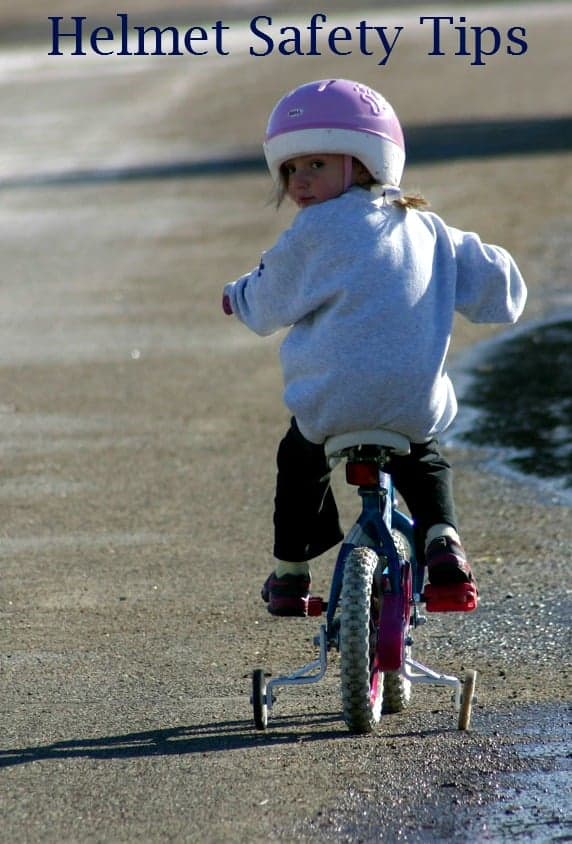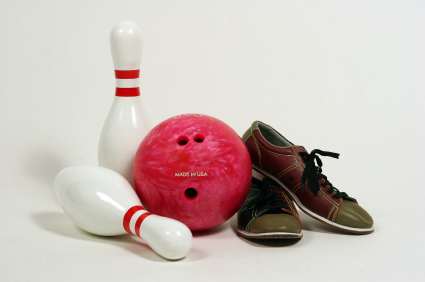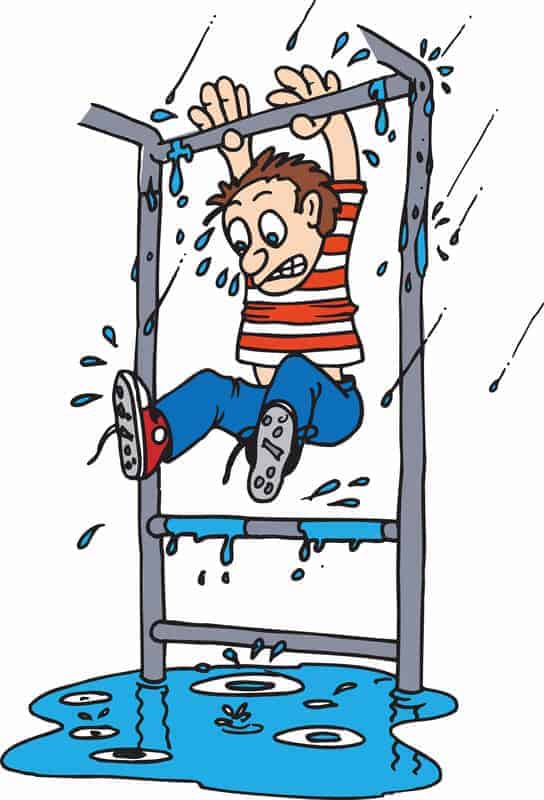
Outdoor biking safety is important year round, but especially during the warmer months when kids are more active. Riding tricycles and bikes is as much a part of summer as ice cream and running through the sprinkler. It’s our responsibility as parents to protect our children from unnecessary injury by following proper biking safety, especially when it comes to helmets!
Helmet Biking Safety Tips
Biking is a fun sport and family activity but it can be risky if you don’t follow helmet biking safety tips, particularly for children under three years of age. Babies are born with soft skulls to facilitate the birth process and allow their brains to grow, but this means their heads are especially susceptible to harm. The “soft spot” usually disappears around 2 years of age but children can still sustain a head injury even from a relatively minor fall if they are not wearing a proper safety helmet.
I encourage parents to keep this in mind: if you dropped a ripe melon on concrete from 2 feet off the ground, what would happen? Of course, the melon would break open and the risk to children is equally great if they are not wearing a helmet. In Canada, children 16 years of age and under are required by law to wear safety helmets while riding tricycles and bicycles. Helmet use is also mandatory for children riding in a bike carrier on an adult bike, as well as riding in a “Chariot” pulled by a bike.
Please make sure your child’s bike and safety helmet are the right size. A child must be able to straddle the bike with both feet on the ground. The fit of the safety helmet is incredibly important. Parents often complain it’s difficult to find helmets for kids 3 years of age and under and it’s true because big box stores often do not sell the small sizes but specialty bike stores generally carry a good selection of toddler helmets.
When choosing a helmet, your child should try on several helmets carefully. Level the helmet over your child’s forehead and adjust the chinstrap to fit snugly and comfortably. It should protect the forehead without slipping forward or backward and it should not move unless the scalp moves. A trained salesperson will help you ensure the fit is right. Today, there are several manufacturers producing helmets that are adjustable in size, enabling it to grow with your child and still provide a comfortable and proper fit.
Insist your child always wears a helmet when riding and that he or she buckles it up. It goes without saying that parents must set an example by always wearing their helmets when cycling as well. Remember, a helmet only works when you wear it!
About the Author: Karyn Climans shared this post on biking safety on behalf of Tail Wags Helmet Covers. A great way to inspire kids to wear helmets is by letting them choose their favorite fun helmet covers. Tail Wags Helmet Covers offers fun designs that appeal to everyone from babies to adults!
Do you have any other biking safety tips to share with us? Tell us in the comments!


This is so great as a checklist when I am going to buy helmets.
It is so important that the helmet fits the child correctly. A loose helmet can slip off during a fall
I think parents should teach kids early on about bicycle safety tips. Not only is it important for them to wear helmets but it drives me crazy when young kids don’t follow the rules of the road when they are riding their bicycle. It all comes from parent education and following a little bit of common sense. Plus, if they were to get run over it would be a tragedy.